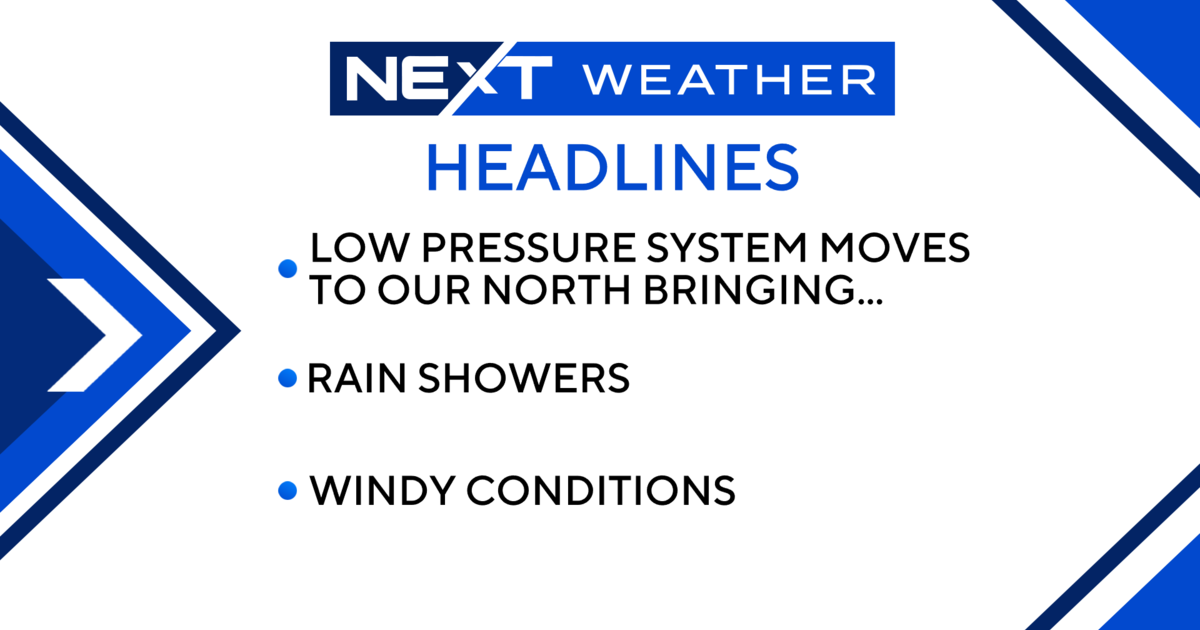Science of Weather: Atmospheric Cap
When it comes to severe weather or just strong storms from the summer and really through any part of this year, it's important to look at whether or not the environment is capped.
A cap means that there is a layer of warm air that an updraft runs into, and it almost acts like an invisible boundary to stop storms from growing too strong.
Now, as you get into the later parts of a day, a very hot and humid day, if you have a cap in place, that layer of warm air if there's a weak point, a thin point, or you get enough heating during the day to blast that cap apart, the cap is broken, allowing all that energy, all that fuel at the surface to rapidly expand and explode upward and create stronger storms rapidly during that peak heating in the afternoon.
And it's something that we can demonstrate using gummy bears as an example in the attached video.
And we've seen thunderstorms around southeast Michigan build in as little sometimes as 15 minutes. So what happens when that happens too fast? You get all that energy released at once.
Now that's the science of weather!




